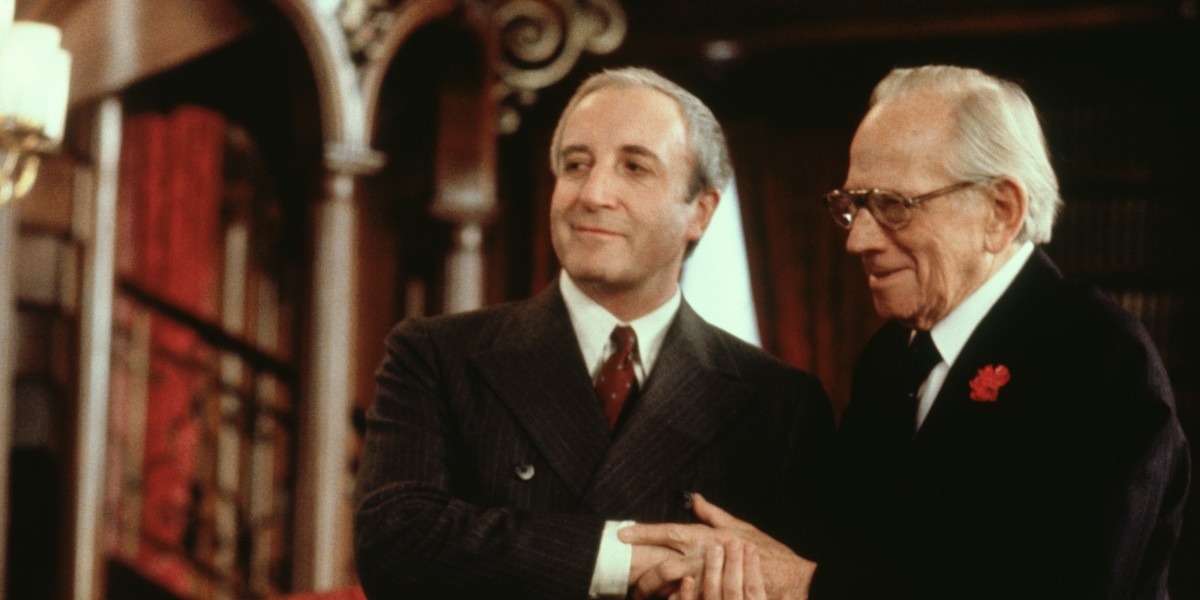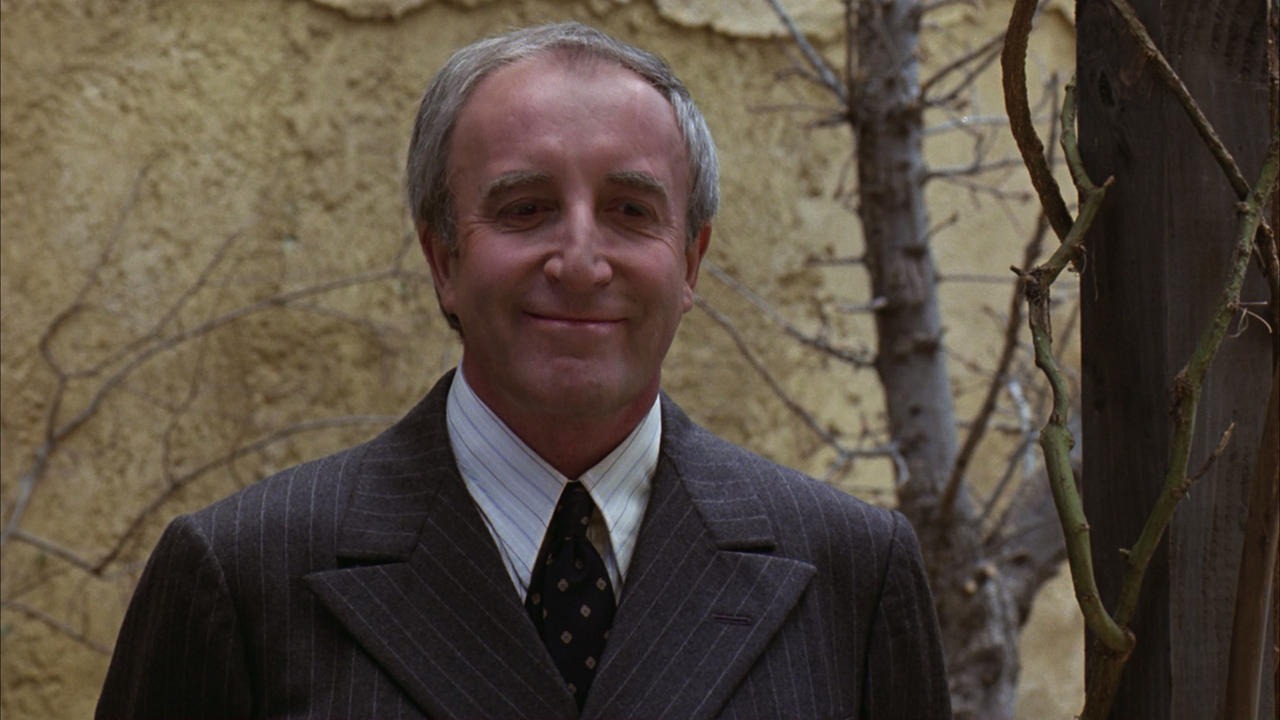The singer-songwriter Cat Stevens (now Yusuf Islam) once mentioned that when he met director Hal Ashby, the man gave off the appearance of a guru. It’s somehow fitting, then, that Ashby’s most respected film as a director focuses on a man seen by others as a spiritual figure.
Even though the character himself is not aware of the image people project onto him. Whether it’s a wealthy benefactor or even the American President, they all see him as something more than he is. When Hal Ashby’s name comes up, most people quickly remember his strange but beloved 1971 black comedy Harold and Maude.

Yet, the true strength of Ashby’s work shows up better in Being There, a movie that became the final standout work for both Ashby and Peter Sellers. This film showed just how sharp Ashby’s creativity could get. It was Peter Sellers who took it upon himself to get the film made.
After he read Jerzy Kosinski’s novel Being There, he said publicly in 1971 that the lead character, Chance the Gardner, was the role he felt most drawn to. He eventually persuaded Kosinski to allow both him and Ashby to adapt the story into a film. Kosinski also wrote the screenplay.
The result came to life on screen in 1979, eight years after Sellers first expressed interest. Like other films from Ashby, this one carries his usual style, where the way the story is told mixes dry humour with disturbing moments, giving viewers plenty to reflect on. Yet, it’s the film’s final image that truly leaves people stunned.
That last scene has become one of cinema’s most unforgettable visual moments—one that genuinely takes your breath away.
What happens at the end of Being There?
The last time many viewers would see Sellers perform was in this role, where his character Chance, walks calmly towards a lake. With his back turned to the camera, he pauses at the edge before walking directly forward into the water.
At first, it appears he’s stepping onto some small patch of land sticking out of the water. But once the sound of water splashing under his feet becomes clear, it’s obvious that he’s walking on the surface. As he moves deeper into the lake, we see his full reflection behind him, resting on the calm water.
The background music, composed by Johnny Mandel, resembles Erik Satie’s haunting piece ‘Gnossienne: No. 1’, adding to the strange atmosphere. At this stage, we might still think the lake is shallow. But when Chance stops and gently dips his long umbrella into the water, things change.
The piano music swells suddenly as he bends forward and pushes the umbrella in—yet he remains upright, still standing on top of the water. He pauses, surveys the area quietly, and then continues moving deeper into the lake.
As the music freezes on its second-to-last note, we see him brush the leaves of a tree that seems to rise from beneath the lake’s depths. Meanwhile, from a distance, the President’s voice becomes clearer as he delivers a closing message during Ben Rand’s funeral. He ends with one last quote: “Life… is a state of mind.”
Everyone gets a Chance?
Stanley Kubrick had deep respect for Sellers and admired how he could vanish into different roles, often using exaggerated expressions and dramatic comedy. Starting his radio career, Sellers had a sharp ear for accents and voices, and later became skilled at body movements and gestures that brought characters to life.
But in Being There, he gives viewers the exact opposite of what people usually expect from him. His portrayal of Chance shows no emotion. Except when he copies what he sees on television, he hardly ever changes his expression.
He speaks in a slow, dull tone without much variation or feeling. It’s a masterclass in stillness and restraint. And yet, this quiet, passive character was the role Peter Sellers spent nearly ten years dreaming of playing? Absolutely. Because it went against everything he had done before.
It was not just a chance to show a new side of his talent; it was also the deepest and most layered character he ever portrayed. Chance isn’t just a character—he’s more like a surface that others around him project their hopes, fears, and desires onto.
Whether it’s a street gang sending threats to rivals, or powerful figures like Ben Rand and the President who want someone else to carry the burden of decision-making, or Eve Rand struggling with her frustrations, everyone uses Chance to fill a gap in their own lives.
Chance himself offers nothing concrete to any of these people. He just happens to be present when they need someone to lean on.
So, what does the ending of Being There Mean?
Plenty of people have debated what the final scene of the film is trying to say. How exactly is Chance walking on water? Some have guessed that the lake might have frozen over, or that there are stones just under the surface, helping him walk.

Others feel it’s a spiritual scene meant to echo the biblical story of Jesus walking on water, with the whole film viewed as a commentary on religion and belief. But rather than expecting the film to clear up the mystery, the focus is on how that moment challenges what we believe we’re seeing.
It’s designed to confuse us slightly and make us reflect. The moment puts the responsibility on us to decide what it means. What we’re watching is a visual version of what Chance does to every character in the story—he becomes whatever they need him to be.
The reflection of his body on the lake’s surface mirrors how people view him, rather than who he is. The quote used at the end may sound mysterious, but it’s straightforward. “Life is a state of mind” means that our reality depends on how we choose to see things. Our perception creates meaning.
So, if you choose to believe Chance is walking on the lake or into it, that choice becomes your truth. As for me, I feel that moment shows how cinema can create magic like nothing else. The ending captures just how powerful film can be in creating wonder and mystery.



